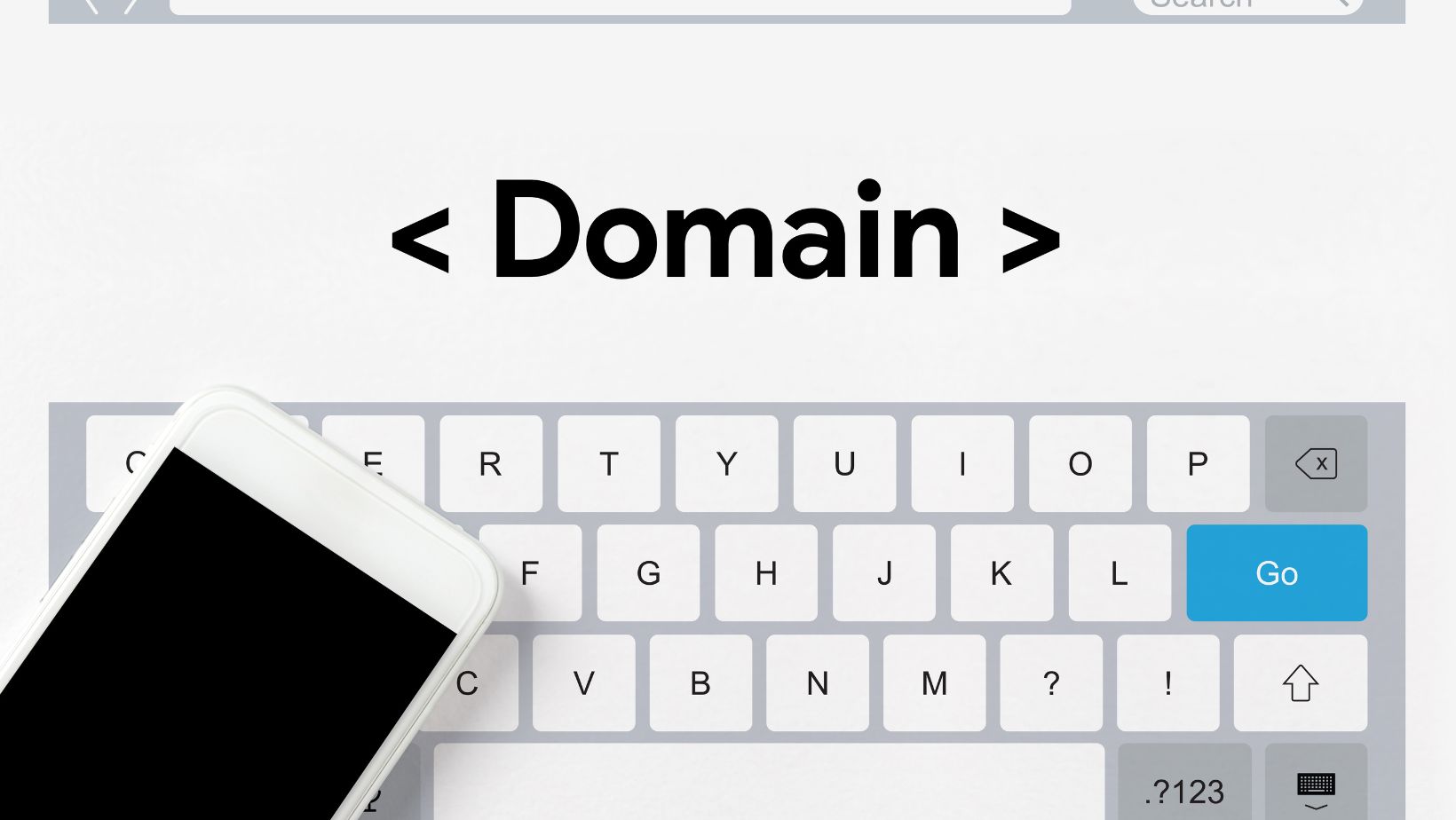In the ever-changing realm of search engine optimization (SEO), website owners are constantly looking for new methods to enhance their rankings and attract organic traffic. One strategy that has garnered significant interest is the utilization of expired domains. These domains were previously registered but have been abandoned or neglected, making them a valuable resource in the SEO world. This article will explore various ways to check when a domain expires.
Understanding Expired Domains
Before delving into the advantages, it is crucial to understand what expired domains are and the reasons behind their availability. Essentially, they are domain names that were once registered but have not been renewed by their previous owners. This can occur if the owner needs to remember to continue or lose interest on the website.
Benefits of Using Expired Domains for SEO
Acquiring an expired domain can significantly enhance your website’s domain authority, a key metric that influences search engine rankings. Expired domains often boast a history of high-quality backlinks, which can bolster your domain authority and online visibility.
Another notable advantage of expired domains is the potential existing backlink profiles from reputable websites. Backlinks play a pivotal role in SEO, endorsing trust from other websites. By leveraging an expired domain with established backlinks, you can expedite building a robust backlink portfolio.
Moreover, expired domains have the potential to attract targeted traffic. If the domain was previously associated with content or a niche similar to yours, the incoming traffic from existing links or returning visitors can be highly relevant. This heightened relevance can increase engagement, conversions, and overall SEO success.
The utilization of expired domains in your SEO strategy presents a multitude of benefits. Considering their potential to bolster rankings and attract organic traffic, incorporating them into your repertoire warrants serious consideration.
Finding Expired Domains
To leverage the power of expired domains, it is imperative to understand where and how to find them. Here are three effective methods:

Exploring domain auction platforms
Prominent platforms like GoDaddy Auctions, NameJet, and Sedo offer a vast array of expired domains for sale. These platforms provide comprehensive information such as domain statistics, backlinks, and bidding history. Before participating in an auction, it is wise to establish a budget and conduct thorough research.
Using domain marketplace websites
Domain marketplace websites like Flippa, Empire Flippers, and Afternic also offer a selection of expired domains for purchase. These platforms allow you to browse and acquire domains immediately. It is essential to evaluate the domain’s history, statistics, and potential before finalizing a transaction. In some cases, negotiations with sellers may be possible, ensuring a favorable deal.
Monitoring domain expiration lists
Several websites and services provide lists of domains nearing expiration. These lists act as a valuable resource for discovering expired domains with untapped potential. Tools such as ExpiredDomains.net, FreshDrop, and DomCop enable targeted searches based on criteria such as domain authority, niche relevance, and keywords. Regularly monitoring these lists will allow you to seize valuable domains before they become accessible to the wider public.
Assessing the Quality of Expired Domains
Not all expired domains are created equal, so assessing their quality is important before purchasing. Here are a few things to consider:
Evaluating domain metrics (DA, PA, TF, CF)
Look at metrics like Domain Authority (DA), Page Authority (PA), Trust Flow (TF), and Citation Flow (CF). Higher values usually mean a stronger domain. PA is one of the most crucial metrics: it indicates how well a web page will rank in SERPs.
Analyzing backlink profile
Check the domain’s backlinks and make sure they come from reputable websites in a similar niche. Look for diverse and relevant backlinks from authoritative sources. Also, watch out for any penalties or spam issues affecting the domain’s reputation.
Making Expired Domains Work for SEO
Once you’ve acquired an expired domain, it’s time to put it to work for your SEO strategy. Here are a few effective methods:
Redirecting the domain to your main website
If the expired domain has relevant content or a strong backlink profile, consider redirecting it to your main website. This can transfer the domain’s authority and traffic to your site, boosting your SEO.
Creating niche-specific microsites
Creating a microsite on that domain can be a smart move if the expired domain closely aligns with a specific niche. Develop valuable content tailored to that niche, optimize it for relevant keywords, and leverage the domain’s existing authority to increase search engine rankings.

Building new content and optimizing for keywords
In cases where the expired domain doesn’t align with your main website or niche, don’t worry! You can create new content on the domain that resonates with your target audience. Conduct thorough keyword research to find the appropriate keywords to optimize your content. With the expired domain’s authority, you can rank higher for those targeted keywords.
Conclusion
Incorporating expired domains into your SEO strategy can offer numerous benefits and opportunities for website owners. Now that you understand the importance of assessing the quality of expired domains and how to make the most out of them, you can make informed decisions to maximize your SEO efforts.


